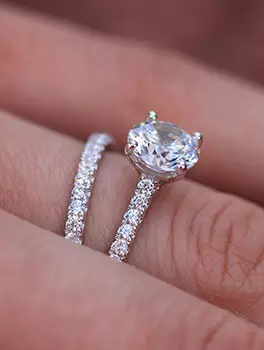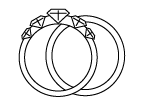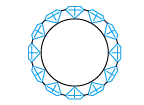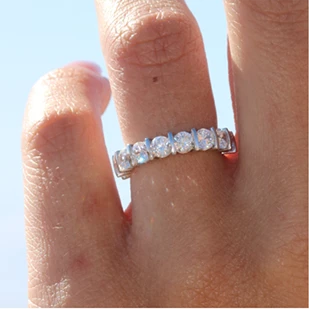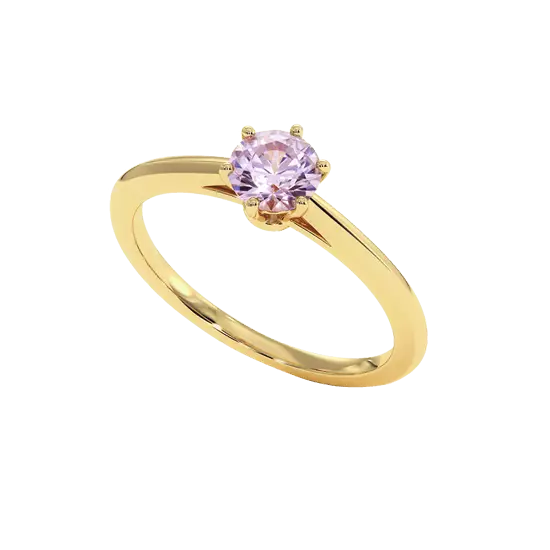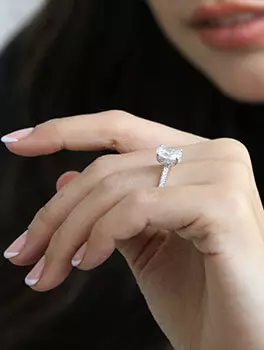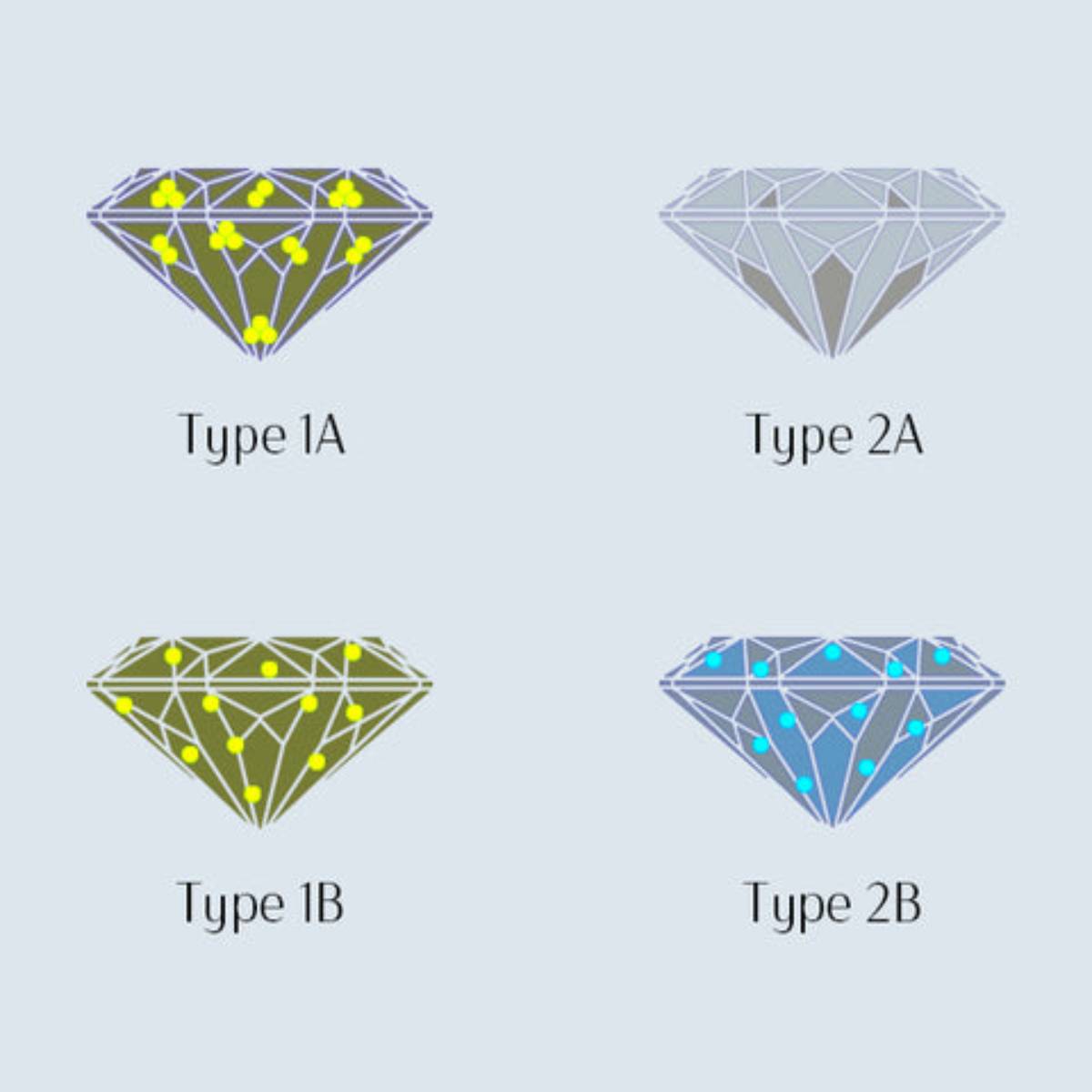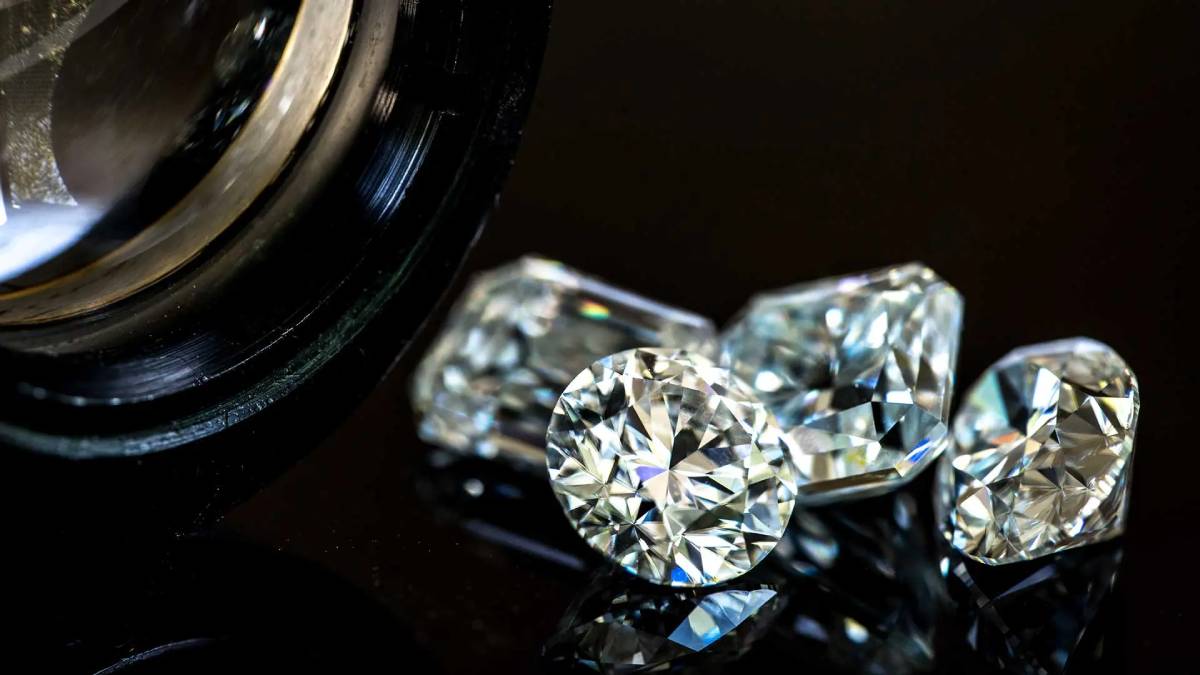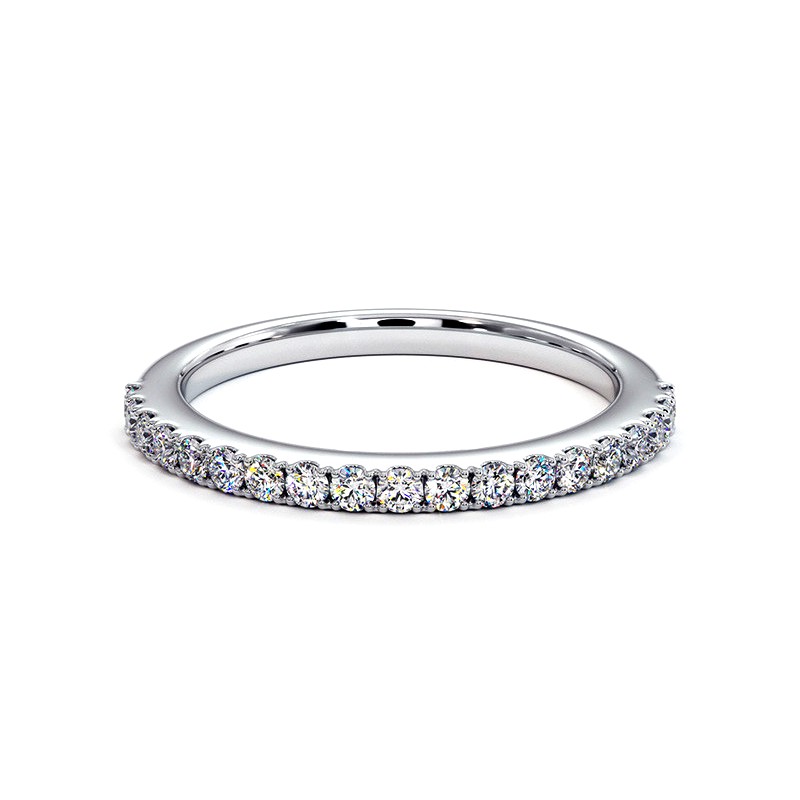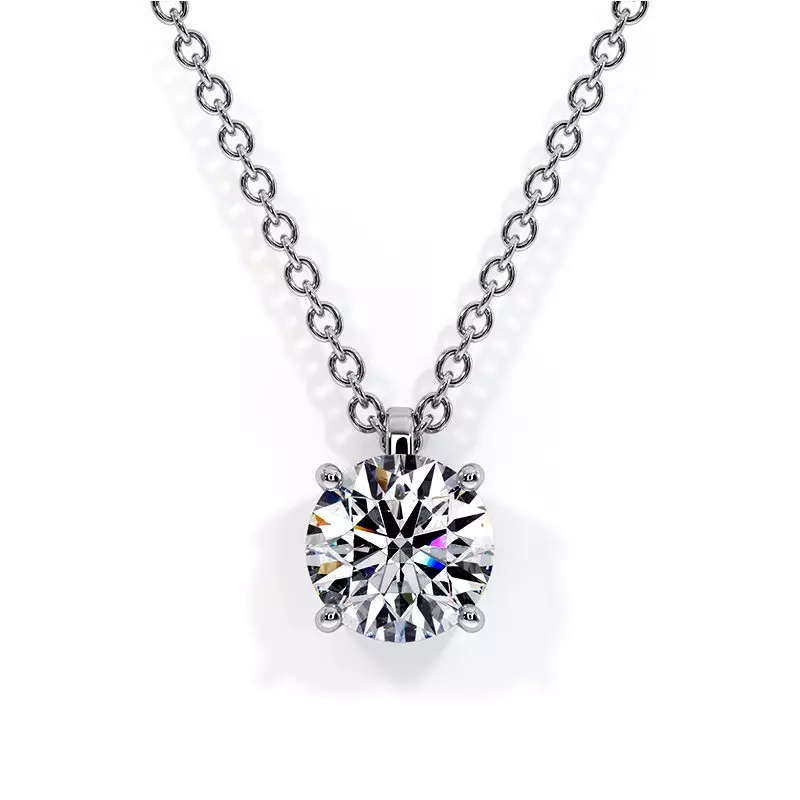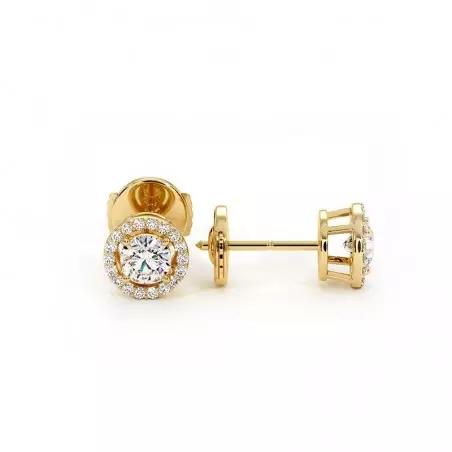Types of diamonds (Ia, Ib, IIa, IIb): atomic classification and commercial implications
 ,
Gemmology News
,
Gemmology News

When we talk about the beauty and value of a diamond, we spontaneously think of the 4C : carat, cut, clarity and color of the diamond. But beyond these classic criteria, there is another way to classify diamonds, much less known to the general public: the atomic classification.
This categorization distinguishes diamonds based on their internal structure and the impurities present in their crystalline network. Result: four main types of diamonds (Ia, Ib, IIa, IIb), each with unique characteristics influencing not only the color of diamonds, but also their rarity and their value on the market.
Understanding this classification is to enter into the intimacy of the diamond, where science meets gemology and where the infinitely small determines the prestige of the infinitely precious.
Understanding the classification of diamonds
The diamond classification is not limited to the visual aspect. In reality, everything starts at the atomic level. The diamond is composed almost exclusively of crystallized carbon. But depending on the presence (or not) of certain chemical elements — mainly nitrogen and boron —, the diamond will be classified in one of the four main categories.
- Type I diamonds (Ia and Ib) contain traces of nitrogen, which directly influences the color of the diamond, often with yellowish or orange hues.
- Type II diamonds (IIa and IIb), on the other hand, are almost completely devoid of impurities, offering either exceptional transparency, or extraordinary shades like blue.
This diamond color classification resulting from the atomic structure is not visible to the naked eye and requires laboratory analyses, notably by infrared spectroscopy. Yet, it has a major impact: it explains why some diamonds are rarer, more sought after, and reach record prices.
The types of diamonds and their characteristics
The classification of diamonds into four main types (Ia, Ib, IIa, IIb) is based on their atomic structure. This distinction, invisible to the naked eye, is nevertheless essential to understand the rarity, the color of the diamond and sometimes even its commercial value.
Type Ia Diamond
- Characteristics: Type Ia diamonds represent about 95% of natural diamonds. They contain nitrogen atoms grouped in aggregates, which slightly affects transparency.
- Color: These nitrogen inclusions often give the diamond a pale yellow or brownish color.
- Particularity: This is the most common type, used in the majority of jewelry.
Type Ib Diamond
- Characteristics: Much rarer (≈ 0.1% of natural diamonds), Ib diamonds have isolated and ungrouped nitrogen atoms.
- Color: This particularity gives them vivid and saturated hues (canary yellow, orange, brown).
- Particularity: Highly appreciated in the colored diamond (fancy color) market, they are coveted for their chromatic intensity.
Type IIa Diamond
- Characteristics: These diamonds are free of nitrogen, making them extremely pure. They represent about 1 to 2% of natural diamonds.
- Color: Their lack of impurities gives them exceptional transparency. They can be completely colorless or have remarkable fancy colors (pink, purple, light brown).
- Particularity: Famous historical diamonds like the Cullinan or the Koh-i-Noor belong to this category. They are considered among the purest ever discovered.
Type IIb Diamond
- Characteristics: Extremely rare, these diamonds contain very slight amounts of boron.
- Color: The presence of boron gives a spectacular blue hue, sometimes with gray nuances.
- Particularity: Besides their beauty, they have electrical conductivity, which makes them unique. The famous Hope Diamond, of intense blue, is a type IIb diamond.
What influence on value and market?
The atomic classification of diamonds is not merely a scientific curiosity: it also has a direct impact on the jewelry market.
- Type Ia Diamonds: Widely available, they make up the majority of the market supply. Their value is determined mainly by the traditional 4C criteria (carat, cut, clarity, color).
- Type Ib Diamonds: Their rarity and vivid colors make them sought-after stones in the fancy color diamond universe, with prices that can be higher than classic diamonds.
- Type IIa Diamonds: Considered the purest, they reach record values. Their rarity (1 to 2% of global production) makes them exceptional pieces, ideal for collectors and major jewelry houses.
- Type IIb Diamonds: Among the rarest, they combine beauty, blue color, and unique electrical properties. These diamonds sell at astronomical prices, especially when associated with mythical stories (e.g., Hope Diamond).
In summary: the further one moves away from the common Type Ia, the greater the rarity—and with it, the market value. Type IIa and IIb diamonds are those that generate the most fascination and prestige, both among collectors and investors.
How to identify the type of a diamond?
The atomic classification of diamonds (Ia, Ib, IIa, IIb) cannot be determined simply by the naked eye. Even an experienced gemologist must use scientific tools to accurately establish a diamond's category.
- Infrared Spectroscopy (FTIR): This is the most commonly used method. It allows the detection of the presence or absence of nitrogen and boron in the crystalline structure.
- Absorption Spectroscopy: Useful for analyzing colored diamonds and determining whether their hue is natural or treated.
- Certified Laboratories: Reference organizations such as the GIA (Gemological Institute of America), IGI or HRD use these technologies to classify diamonds.
For a buyer, this means that only a stone certified by a recognized laboratory can guarantee its atomic type and therefore its real value.
Why is this classification interesting to buyers?
At first glance, the diamond classification according to Ia, Ib, IIa or IIb may seem reserved for scientists. Yet, it is of real importance to buyers and jewelry enthusiasts:
- Understanding rarity: Knowing that a diamond is of type IIa or IIb allows one to realize that it belongs to an elite of extremely rare stones.
- Justifying value: This classification explains why some diamonds reach much higher prices than others, regardless of their carat or visible color.
- Informed choice: For a future buyer, knowing the type of diamond means going beyond the traditional 4Cs and selecting an exceptional stone with full transparency.
- Prestige and symbolism: To offer or own a IIa or IIb diamond is to hold a nearly unique piece of nature, with prestige comparable to the greatest historical stones.
At Celinni, explaining these subtleties is part of our mission: to give each client the keys to understand their jewel and make an informed choice.
FAQ - Everything you need to know about the atomic classification of diamonds
What is the difference between a type Ia and IIa diamond?
A type Ia diamond contains traces of grouped nitrogen, which can give it a yellowish tint. Type IIa diamonds, on the other hand, are free of nitrogen and considered the purest: they are generally colorless or have exceptional fancy colors.
Why are type IIb diamonds so rare?
IIb diamonds contain minute traces of boron, giving them a unique blue color and rare electrical conductivity. They represent less than 0.1% of natural diamonds and reach record prices on the market.
How do you know if a diamond is type Ia, Ib, IIa or IIb?
This classification is not visible to the naked eye. Only laboratory analyses, such as infrared spectroscopy (FTIR), can determine the exact type of a diamond. Certificates issued by the GIA, IGI or HRD usually specify this information.
Do diamond types influence their market value?
Yes. Type Ia diamonds are the most common, while IIa and IIb are extremely rare and sought after. Their rarity, combined with their optical characteristics, justifies significantly higher prices.
Why is this classification important to buyers?
It helps to understand the real rarity and value of a diamond, beyond the traditional 4Cs. Knowing the type of diamond helps to make an informed choice and invest in a unique gemstone.
Conclusion
The classification of diamonds into types Ia, Ib, IIa and IIb reveals a fascinating universe, often unknown to the general public. Behind each category hides a story of atomic structure, invisible impurities, and unique colors.
- Ia diamonds represent the standard and the majority of the market.
- Ib diamonds are attractive for their bright and rare colors.
- IIa diamonds, of exceptional purity, embody the elite of natural diamonds.
- Finally, IIb diamonds are the most mysterious jewels, recognizable by their bluish hues and extreme rarity.
By understanding this classification, buyers can better appreciate the real value of their diamond and grasp the scientific and historical dimension of their stone.
Whether you are looking for a prestigious diamond or a unique piece, Celinni puts its gemological expertise at the service of your choice, guiding you towards the diamond that matches your dreams and your story.
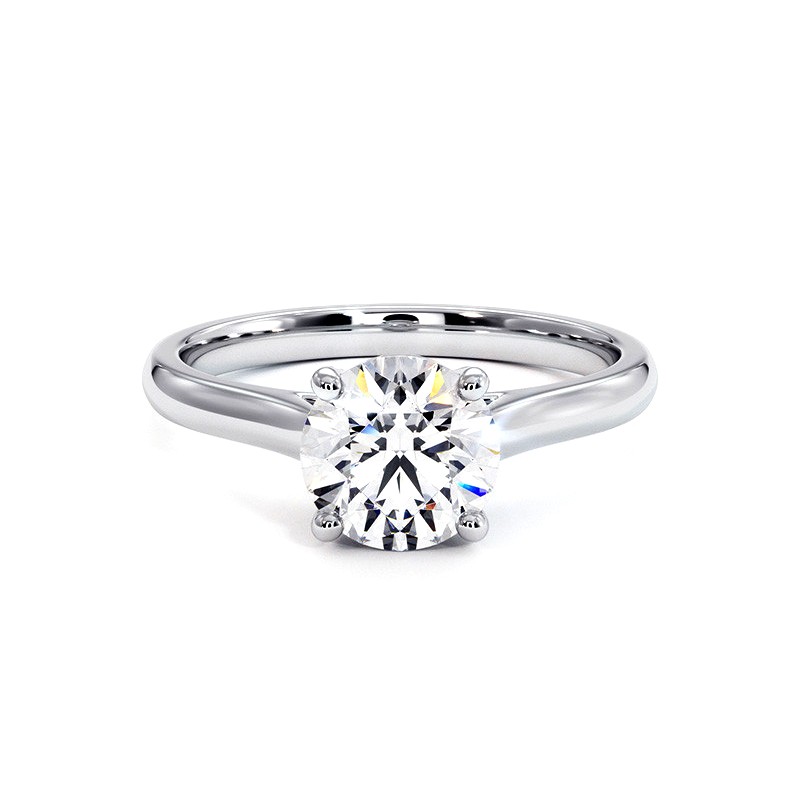

Round Diamond Engagement Ring Promesse
- -15%

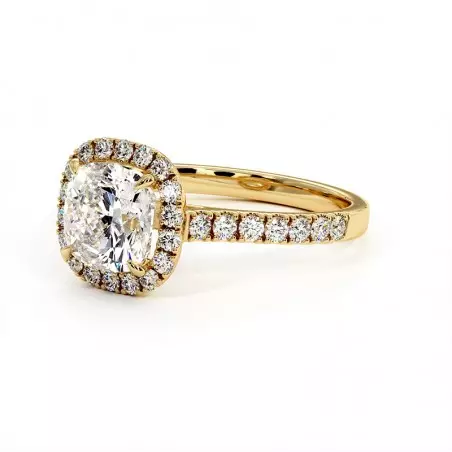
Cushion Diamond Solitaire Ma vie
- -15%
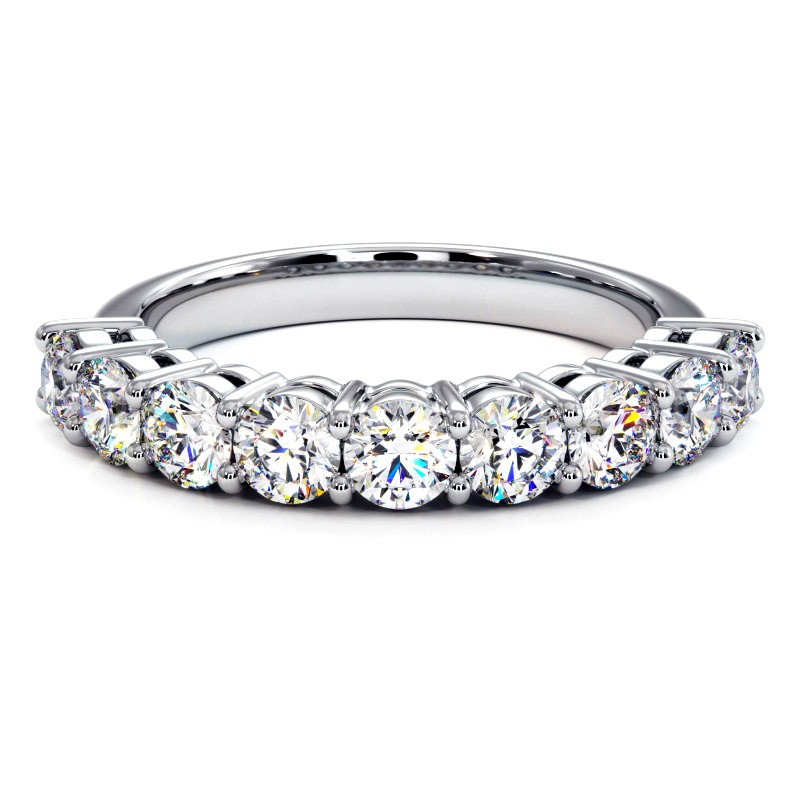

Half Alliance Round Classic Diamonds Promesse
- -15%
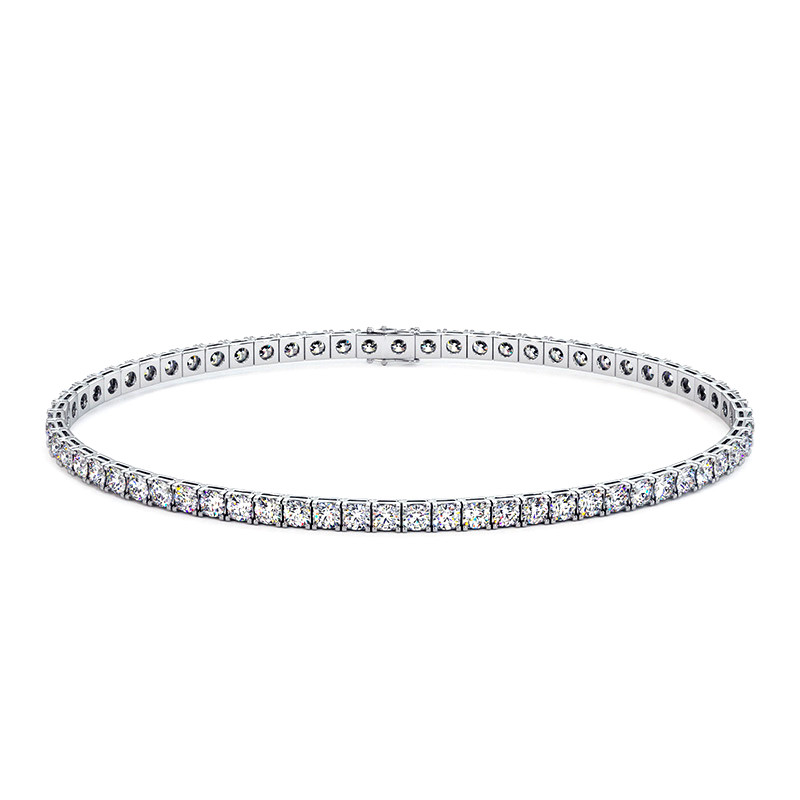

Traditional Round Diamond River Bracelet
- -15%
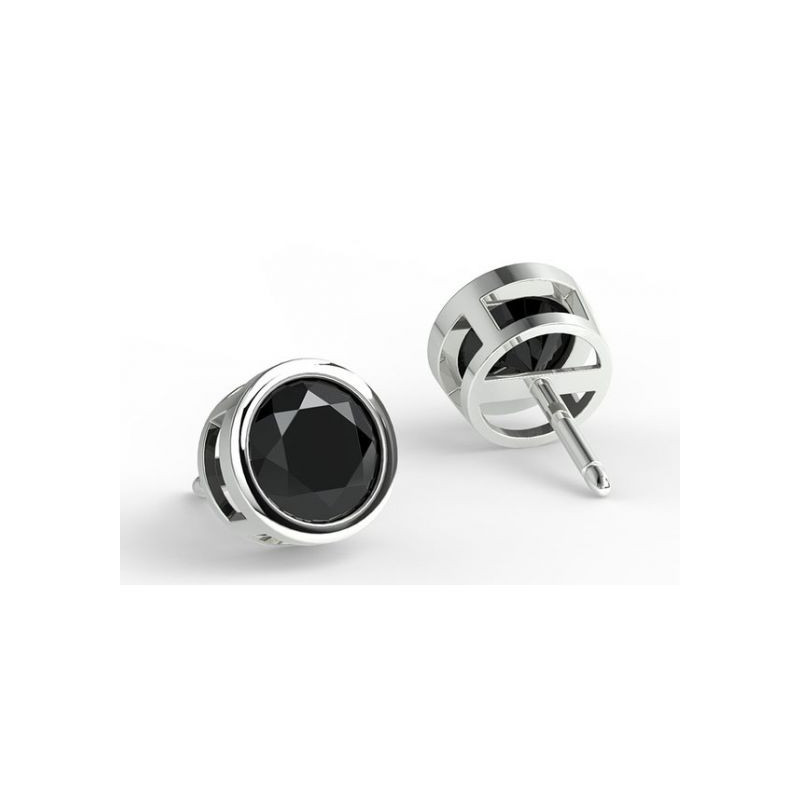

Black Diamond Stud Earrings
- -15%























